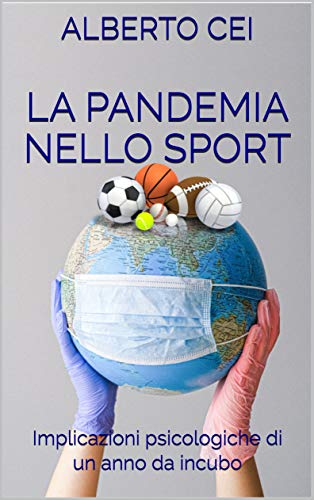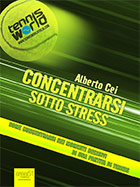Participating in the Paris Olympics represents an extraordinary achievement for any athlete, male or female, for a number of fundamental reasons that go beyond the simple sporting context.
1. International Recognition
The Olympics are the most prestigious sports showcase in the world. Participating means gaining international recognition that transcends national borders, offering athletes the opportunity to demonstrate their skills and compete against the best in the world.
2. Historical and Symbolic Value
The Olympics are not just a sporting competition; they are a historical and cultural event celebrating unity and peace among nations. Participating in such an important event gives athletes a significant role in promoting the Olympic values of excellence, friendship, and respect.
3. Motivation and Personal Growth
Preparing for the Olympics requires years of dedication, discipline, and sacrifice. Participating in the Olympic Games is a testament to resilience and determination and represents the pinnacle of an athletic career. This experience offers significant personal growth, helping athletes develop a strong work ethic and the ability to overcome adversity.
4. Sponsorship and Career Opportunities
The visibility gained from participating in the Olympics can open many doors in terms of sponsorship and post-competitive career opportunities. Many athletes secure contracts with prestigious brands and can pursue careers as coaches, sports commentators, or entrepreneurs in the sports sector.
5. Inspiration for New Generations
Olympic athletes are role models for younger generations. Participating in the Olympics allows athletes to inspire young people to pursue their dreams, regardless of the difficulties. This inspirational role is crucial for the development of sports and the promotion of a healthy and active lifestyle.
6. Unique Life Experience
The Olympics offer a unique life experience where athletes can live in an atmosphere of camaraderie and healthy competition, meet people from different cultures, and be part of an event that transcends the boundaries of sports. It is a once-in-a-lifetime opportunity to create unforgettable moments and memories that will last a lifetime.
7. Representing One’s Country
Participating in the Olympics means representing one’s country on the world stage. This is an immense honor and a great source of pride for any athlete. The responsibility of carrying the nation’s colors and competing for it is an experience that reinforces the sense of belonging and patriotism.
8. High-Level Competition Experience
The Olympics represent the highest level of sports competition. Participating allows athletes to measure themselves against the world’s best, refine their skills and strategies, and further grow as professionals. Competing against top-level opponents helps identify strengths and areas for improvement.
9. Positive Psychological Impact
Participating in an event like the Olympics can have a significant positive psychological impact. Athletes can develop greater self-esteem and confidence in their abilities by successfully facing such a major challenge. This strengthens their mental resilience, making them more prepared to face future challenges in life and their sports career.
10. Networking and Collaborations
The Olympics offer a unique platform for networking and building professional and personal relationships. Athletes can meet peers, coaches, and sports professionals from around the world, creating opportunities for future collaborations, cultural exchanges, and joint projects that can enrich their careers and personal development.




